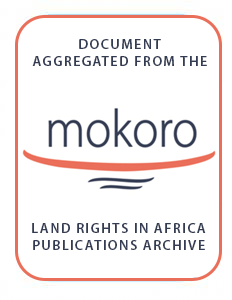Off to a New Life
More than 10,000 Burmese migrants in Thailand’s Mae La refugee camp could soon be resettled in the US...
"It could be a scene from a travel trade show—a crowd of mostly young people clusters in front of poster boards bearing pictures of life in the US. These are no tourists, however, but Burmese refugees in Thailand hoping to resettle in the US and eager for any illustration of what they can expect to find there...






